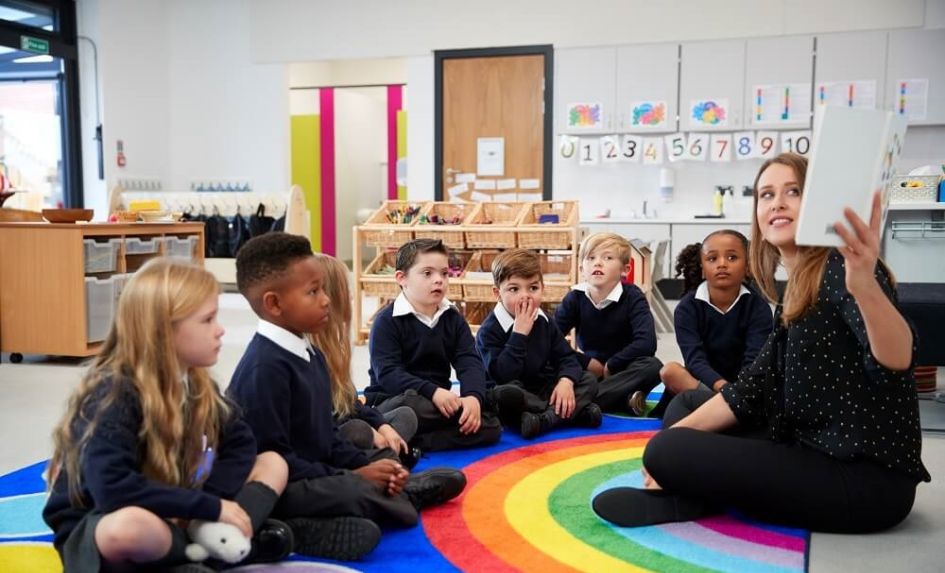Critical to ensuring that all your children are making the best possible start to the new academic year is reviewing whether your EYFS and KS1 classrooms are working well; how quickly have the children settled into the new routines that develop their independence? How well are they using the indoor and outdoor environments to gain new experiences, deepen learning and build their confidence?
There are many nuances to how learning environments are arranged and how much space is given to certain elements of provision to meet children’s needs, but there are a few generic principles to guide their development.
How well defined is the use of the space?
Children will be more highly involved and engaged in an area of a classroom if the space is more clearly defined. This definition provides sufficient height and enclosure, not too much or too little. for children to become engrossed in their learning, whether child or adult initiated.
Things to consider include:
- Is there enough space for the activity? How much of the room is dedicated to continuous provision and how much for more formal group work and whole class teaching?
- How are spaces used across the day, eg, what are carpet areas used for during child-initiated learning?
- Does your provision allow for links in learning? Key to maximising the impact of classroom provision is having clarity around how it connects to the curriculum and the opportunities it provides for rich, connected learning. Certain areas, when placed close together, can powerfully support this. For example, placing painting resources and workshop/model making areas together gives children access to a huge range of highly creative, mixed media possibilities. Placing Small World resources close to Blocks, provides children with opportunities to build the settings for their stories, supporting language development and early literacy.
Independent thinking
It is vital that young learners are encouraged to form their own ideas and are supported to develop the characteristics that enable them to carry these out independently.
Having choice, being allowed to be curious and creative, as well as gaining support from adults to pursue an idea are all motivating factors that drive learning forward.
Things to consider include:
- When, and for how long, are children able to access continuous provision?
- Can children see what’s available and get to the things they need easily?
- How are children supported in developing their expertise with resources, supporting their independence?
- How effective are your resources in supporting learning?
In an active classroom that values independent learning alongside adult directed teaching, the resources offered across the classroom need to earn their place.
They become the prompts that ignite ideas, the stimulus that starts an investigation, the tools that take an idea from conception to completion and the resources that are necessary for practical group work and whole class teaching.
Fundamentally, every resource should be selected for a purpose and given its place in the environment for a good reason – to meet your children’s needs through your curriculum.
For example, if we provide a set of almost identical buckets in sand and water, then learning will be limited.
On the other hand, if you offer a variety, such as a clear bucket, one with measured markers, buckets of different sizes and shapes, then children will be able to explore their properties and think far more mathematically.
This in turn leads to more mathematical conversations that deepen knowledge of key concepts such as similarities and differences, comparison, number, size and shape.
So, when resources are selected for the children to use, knowing how they impact on your curriculum and being able to articulate this is vital. It’s part of the professional tool kit needed to teach young children in EYFS & KS1 effectively.
Next Steps
With all this in mind, we encourage you to find some time soon to review your environments and look again at how well your new cohort of children and your staff are using them to make every day an exciting and rewarding day for your children – and if you need support to review your practice or provision, we’re always happy to help.
Liz Marsden is CEO at Early Excellence, an established national leader of pedagogy, provision and practice, specialising in young children’s education.









